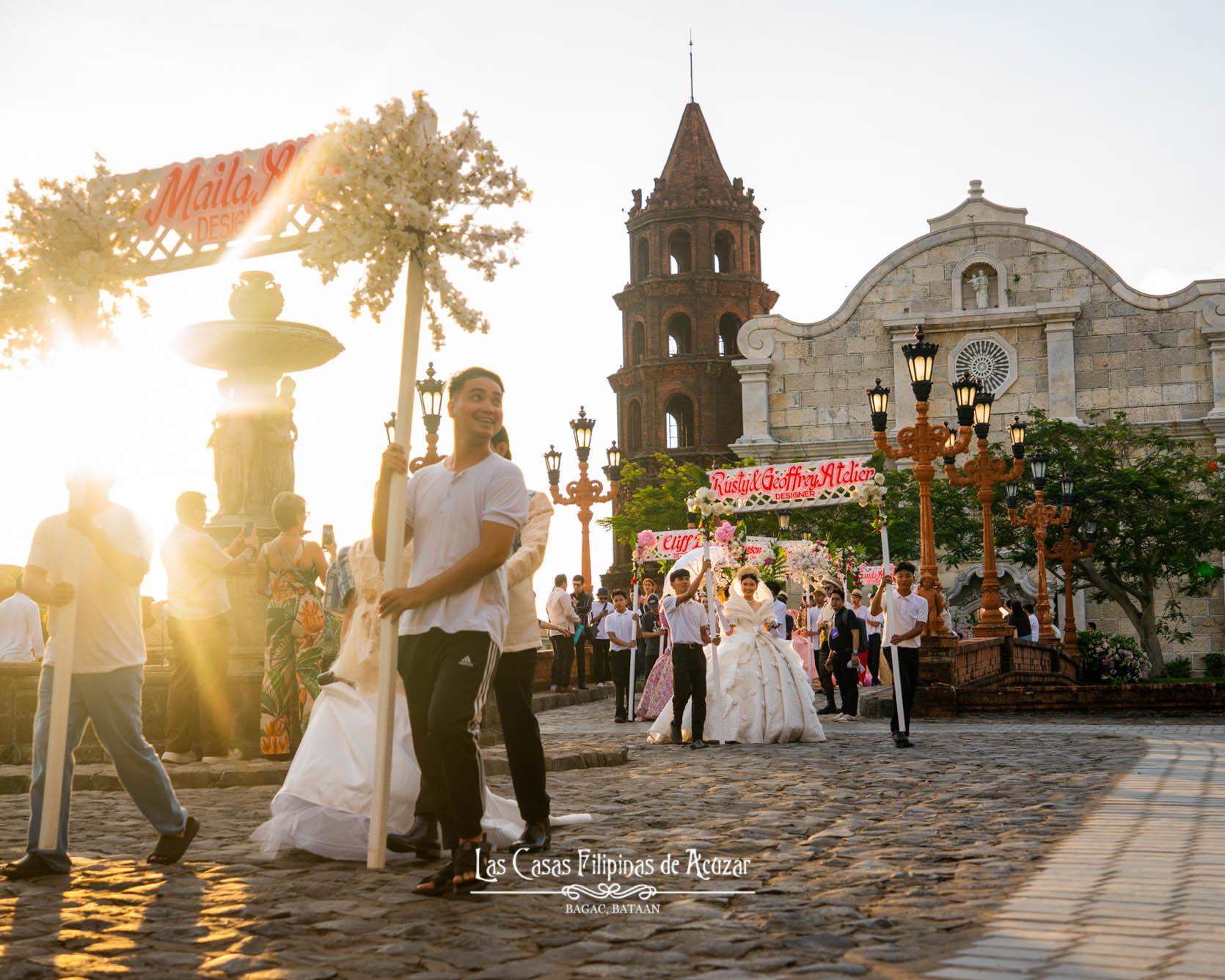It is common knowledge that the Christmas season starts early in a country like the Philippines. As soon as the calendar flips to a -ber month, you will most likely hear a popular carol reverberating in a semi-breezy morning. People tend to start decorating their houses with festive garlands and shiny ornaments as the “most festive month” draws closer. As such, Filipinos have practices and traditions that distinguish them from any other nationality around the globe.
Home At Last
The country has its fair share of Overseas Filipino Workers (OFWs) who send themselves away to other countries to provide a better life for their families. The latest data of the Philippine Statistics Authority (PSA) from the 2017 Survey on Overseas Filipinos shows that there are about 2.3 million OFWs in total. OFWs often return to their loved ones during the Christmas season. They spend time with their families and make the most out of the time they have together before they leave again for work. In other instances, relatives who migrated to far-off places make use of this season to visit their families in the provinces. It is also an ideal time for clans and big families to have reunions of some sort so as to have more members present as possible.
The said tradition speaks of how family-oriented a general Filipino set-up is. No matter how far one can get, the close family ties values always bring people together especially at moments like this one. Pasalubongs are a common commemorative gift that balikbayans tend to offer once they set foot on the land they could always call home.
Christmas Shopping
No matter how small or cheap, Christmas is no Christmas without the gift-giving. As early as infancy, a child would get assigned a godparent or locally dubbed as Ninong or Ninang. Aside from aiding the parent in helping raise the child in an orderly manner, the Ninong or ninang are encouraged and sometimes obligated to gift the godchildren or inaanak something for Christmas. Aside from that, parties and get-togethers organized at this season includes exchange gifts wherein a monito/a would have to give something to the person they picked out of a fishbowl be it anonymously or deliberately.
Shopping during Christmas season is a tad bit easier since stores and shopping malls would offer sale and marked down prices up for grabs. This is also the time where people would flock cheap wholesale marketplaces such as Divisoria, Baclaran, Quiapo and the like to find gifts they could get for the people they love and care about. Traffic could be worst at this time frame but the Filipinos would go through the hassle because Christmas might come once in a year but love could be there all year round.
Caroling
Kids and adults alike make money out of singing Christmas carols at this time of the year. The normal kind of caroling you’ll find would be one where children would knock at your doors with their makeshift musical instruments. Some would bring rattles made up of drilled soda bottle caps. Others would use drums made out of formula milk cans. Some would just bring themselves along with their enthusiastic singing voices to serenade residents. Those who would grow fond of their singing would give out money to the carolers. Others opt to respond “Patawad (Apologies) and get a “Thank you, thank you ang babarat ninyo (you are stingy)” instead.
Others who come in large groups tend to be more organized and prepared. They would issue solicitation letters as to inform the residents where they money from the carols would go. Then they would be in uniform while someone with a real guitar or musical instrument would play. Some, instead of singing Christmas carols, would dance to fancy Christmas tunes and perform their hearts and bodies out to keep the Christmas spirit at bay.
Simbang Gabi
As a predominantly Catholic country, Filipinos generally practice the tradition of attending Misa de Gallo otherwise known as Simbang Gabi. Nine days before Christmas day, masses are held at night and at the wee hours before daybreak to prepare for the birth of Jesus Christ. Some say that once you complete all nine days without ever skipping, a wish of yours would come true and you’d perfectly celebrate Christmas with a happy and satisfied heart.
Of course, the Simbang Gabi tradition would not be complete without bibingka and puto bumbong. Such delicacies serve as a snack for churchgoers after or before hearing mass. Often sold and made in the streets, such treat comes automatically with the Misa de Gallo season. Bibingka and puto bumbong are both rice cakes prepared only in a varying manner. While the fluffy bibingka mixture is placed in a clay pot to resemble a baking process, the sticky puto bumbong is commonly steamed inside a bamboo tube and garnished with grated coconut afterward.
Noche Buena
Filipinos are also known for their love for food and fellowships and Noche Buena is the epitome of both of it combined. Even with the simplest meals and cuisines on the dining table, each member of the family partakes of the food while they share stories and reunite with their loved in such as jolly season like Christmas. In other households, they even come up with games which will then be followed by the giving of aguinaldos otherwise known as presents. This is usually celebrated from sundown to midnight of the 24th. Other families would spend their Noche Buena in churches instead, hearing mass and giving thanks to the day their Savior was born.
The Christmas festivities in the Philippines is truly a tradition worth commemorating. Times may have changed, and will continuously change, but the love and joy so generously shared this season be the same. Idealistic, it may sound, but it is in every person’s heart that such love and joy be ever-present not just during Christmas.














